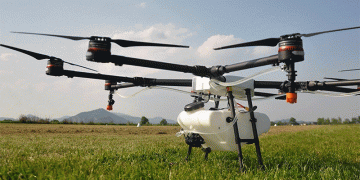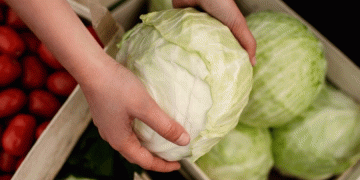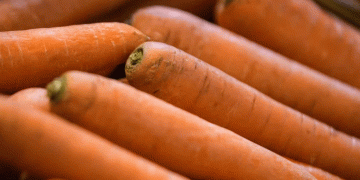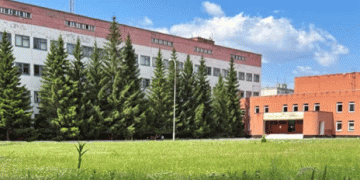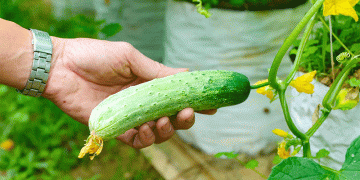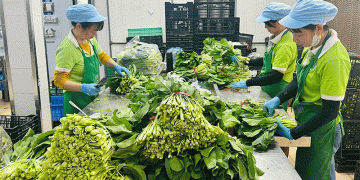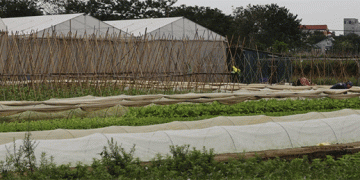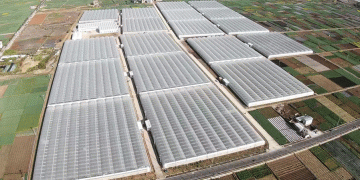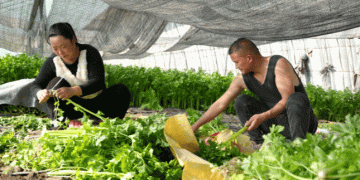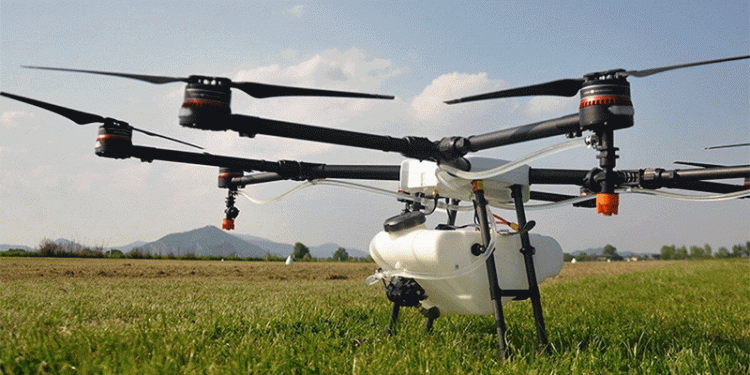Farmers and agronomists in Leningrad Region have been slow to embrace agricultural drones, despite the technology being available for over a decade. High costs, regulatory restrictions, and limited registered pesticides for drone use have hindered widespread adoption.
Drones vs. Tractors: Efficiency vs. Cost
Agricultural drones are primarily used for spraying fertilizers, pesticides, and monitoring crop health. Unlike tractors, drones can operate in wet conditions without damaging crops—reducing yield losses by up to 5% from soil compaction. According to Alexey Petrushin, a senior researcher at St. Petersburg State University, drones enable precision farming, saving up to 30% on fertilizers and increasing yields by 15%.
However, Ilya Voronkov, CEO of Geomir Group, highlights that only a handful of pesticides are approved for ultra-low-volume spraying (~10 liters per hectare), limiting drone applications.
Regulatory Hurdles Ground Innovation
Since May 2023, Leningrad Region has imposed strict drone regulations:
- Drones over 30 kg require airspace permits and approval from regional authorities.
- Flights near borders need FSB clearance, while urban areas require local government permission.
- Aerial photography demands additional permits from the Russian General Staff and FSB.
Petrushin notes that private farmers struggle to obtain permits, forcing them to rely on specialized companies for drone services.
Economic Feasibility: Only for Large Farms?
The cost of drone spraying averages 1,000 RUB per hectare, compared to 100 RUB for tractors. A single agricultural drone costs ~3 million RUB, with a recommended pair for continuous operation (processing 200 hectares per shift).
While large farms may see a return on investment in one season, smallholders find it impractical. Sergey Bezdenezhnykh, a local farmer, points out that cooperative ownership or shared services could make drones viable for small-scale operations.
Drones as an Emergency Tool, Not a Full Replacement
Despite their benefits, agricultural drones in Leningrad Region remain a niche solution due to high costs, legal restrictions, and limited chemical approvals. While they excel in emergencies—such as inaccessible fields—experts agree they cannot fully replace traditional machinery.
For now, widespread adoption depends on regulatory easing, cost reductions, and greater support for precision farming technologies.
